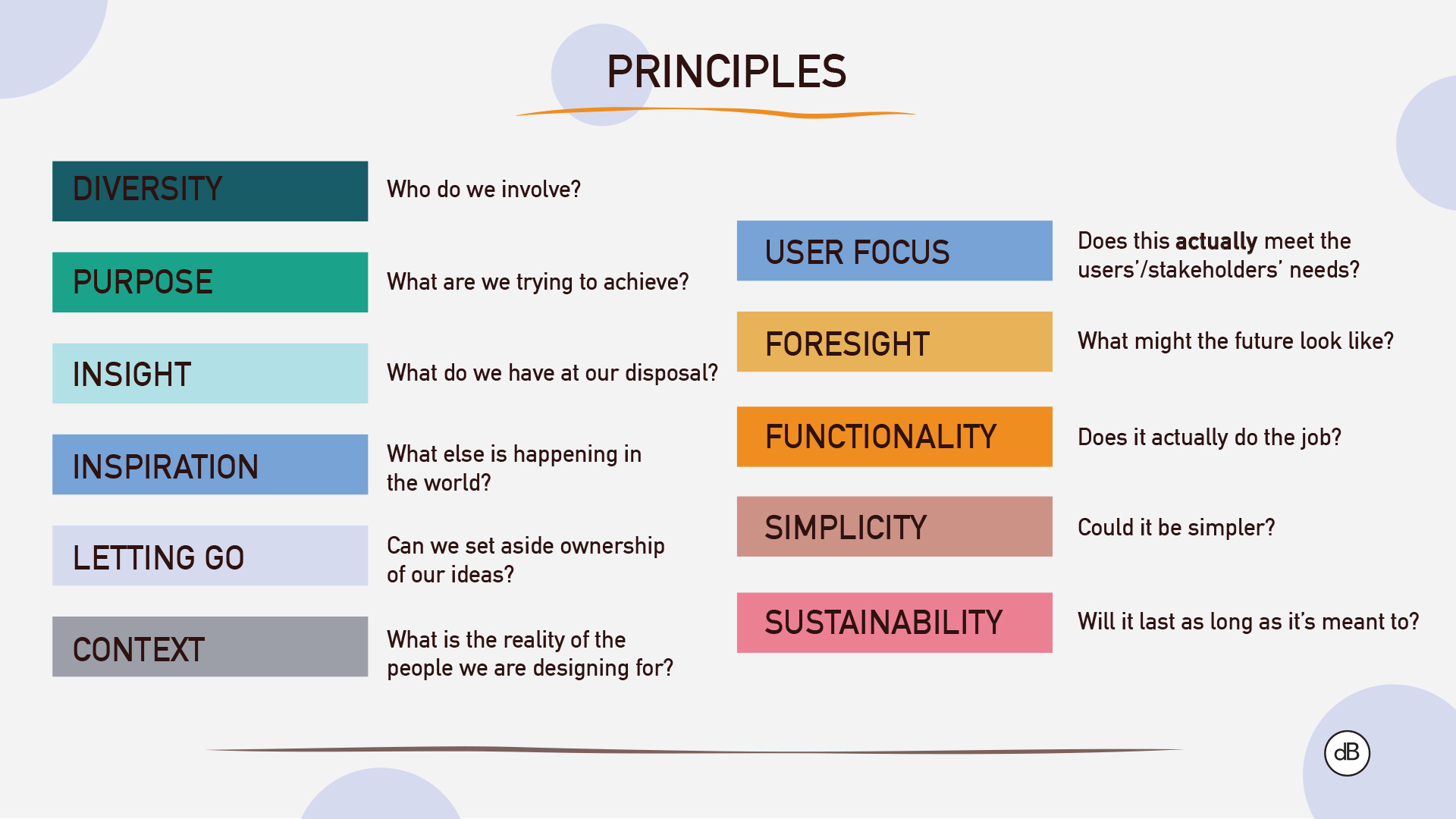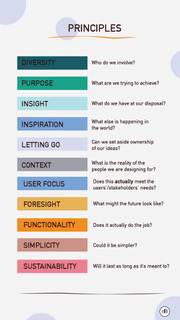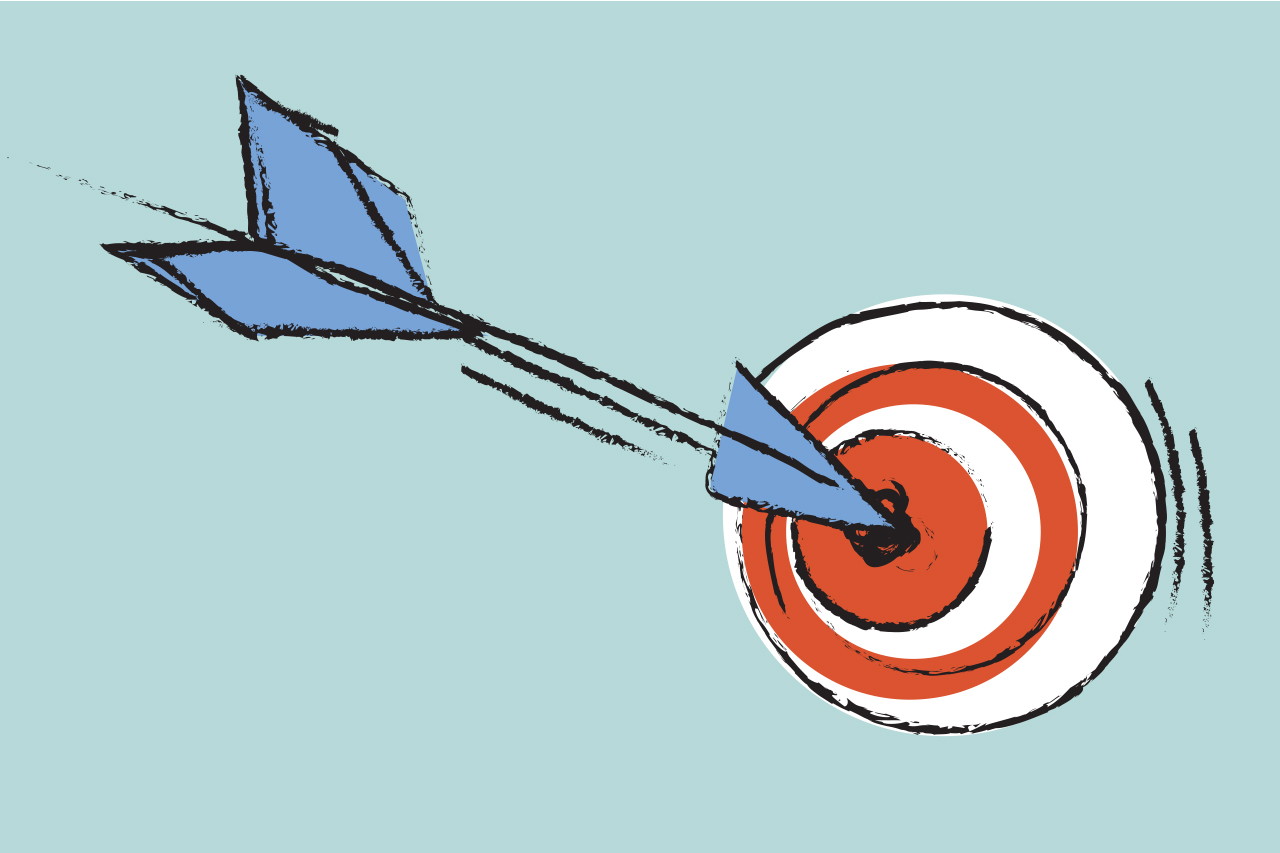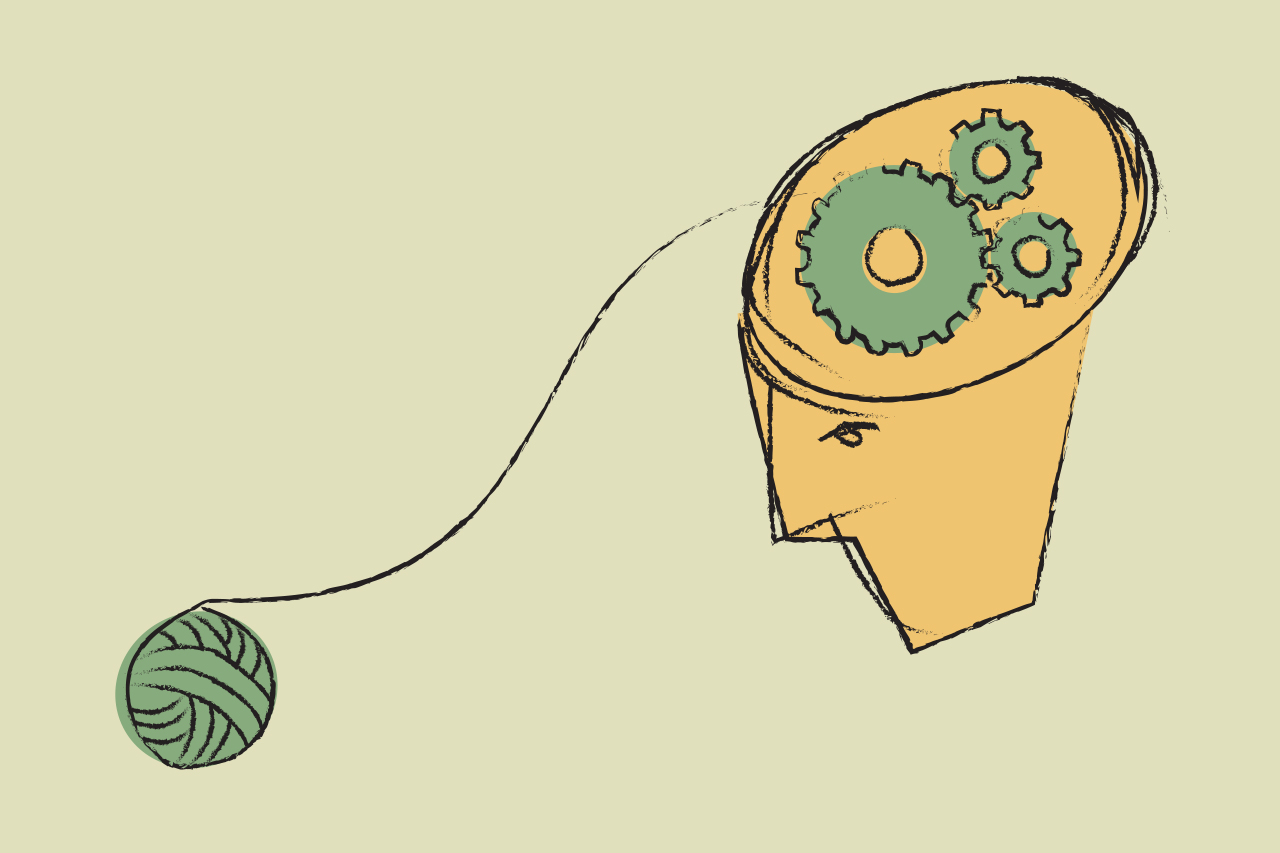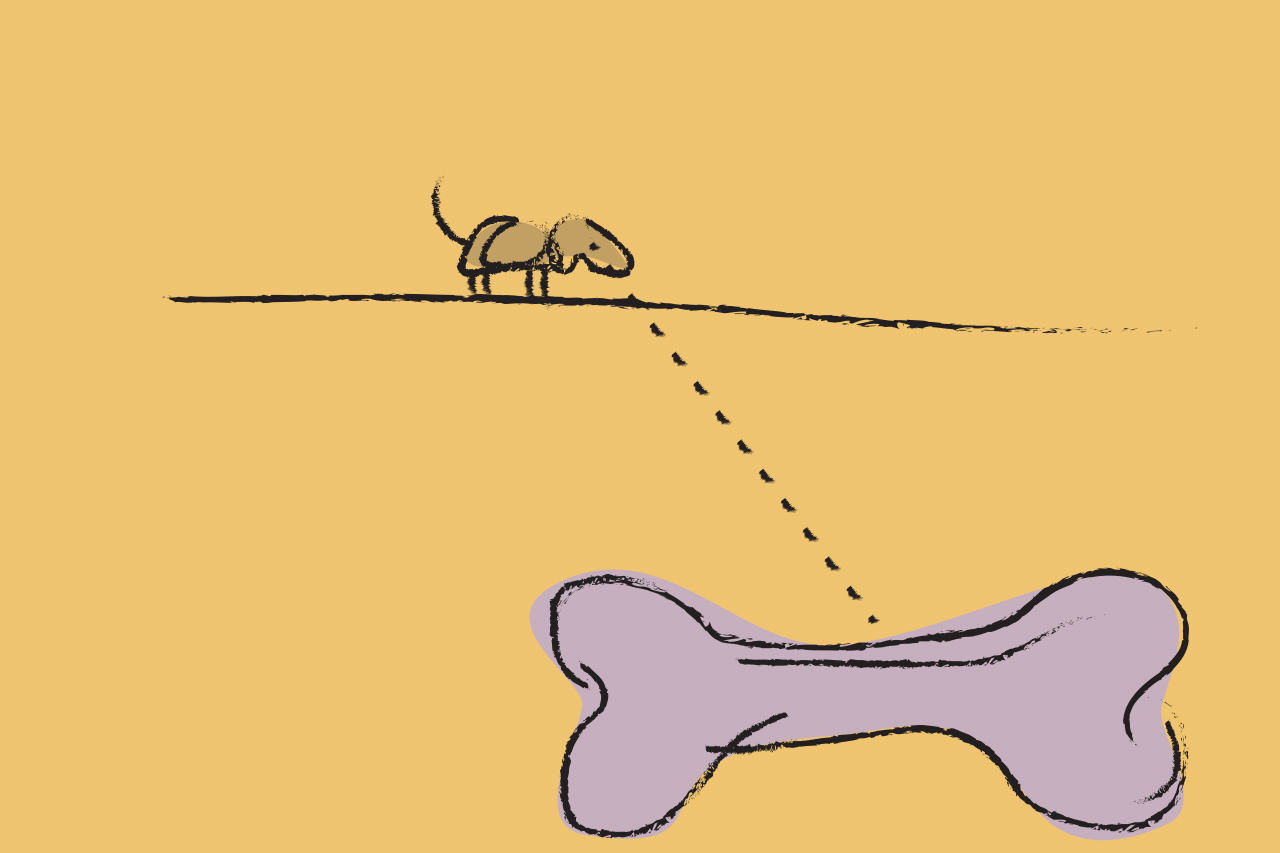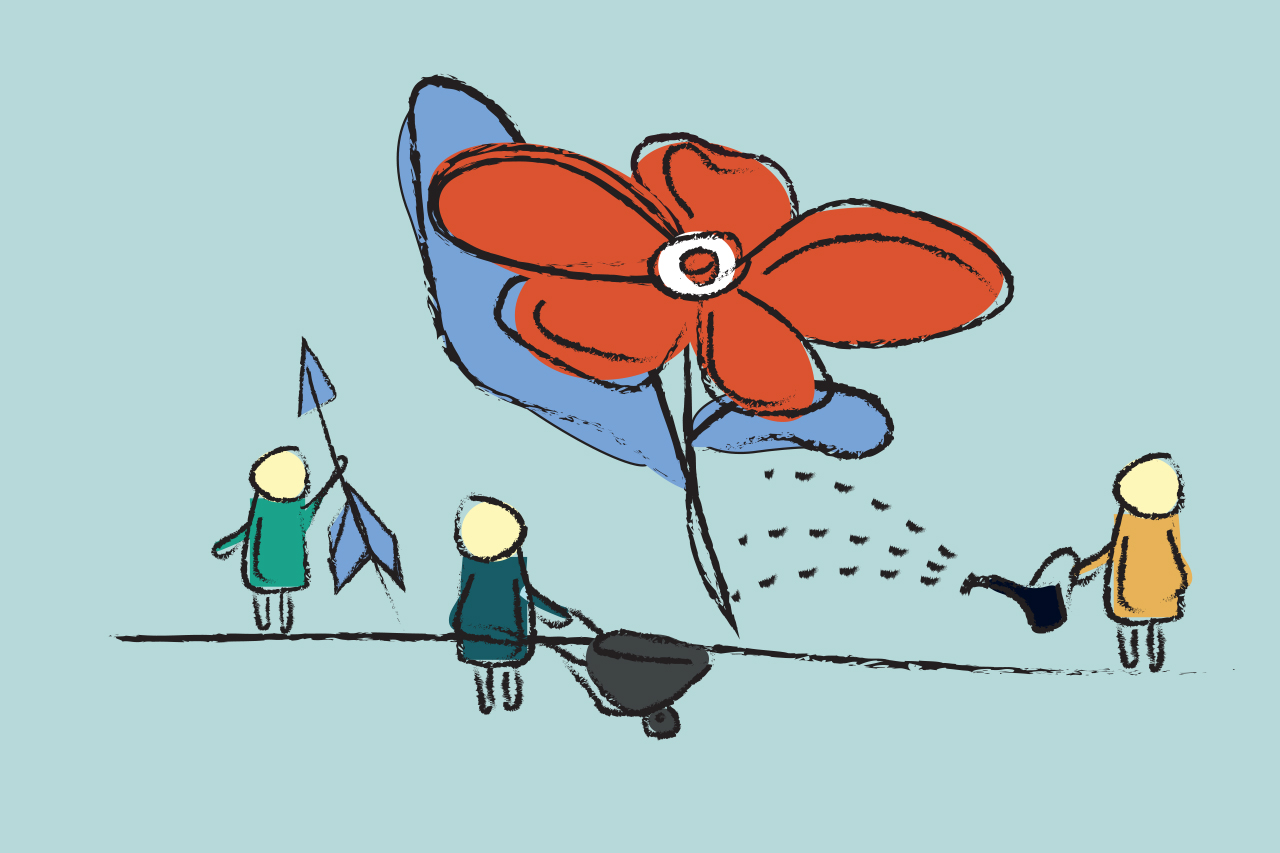The word purpose is being given a flogging by advertising media right now. I’ve seen staggeringly inappropriate use, but remind myself that the industry will move on and the word will be soon forgotten, at least by them.
What does purpose really mean? And how does it bring us closer to being who we want to be and creating the products, services and systems that support rather than steal from our future. We often find ourselves quite confused when we try to connect the outputs of organisations to their stated purpose while we do not see this fault in ourselves. Call it purpose creep.
Take the example of a city council and the argument as to whether it should or shouldn’t provide social housing. What does a city council’s ‘constitution’ enable it to cover? If it does cover social housing there is no issue, if it doesn’t what are they doing in this business.
Most readers will recall a time when they researched for a business to perform a job only to be told that they don’t do that anymore, or that isn’t quite what we do. So why is it so difficult to nail it?
So what does purpose mean in the context of design?
It is important to start with understanding why there is a need to address a problem before spending money and time developing an idea.
Purpose sets the tone for a deep dive into what a company stands for.
Commonly, people come to the design process with performed ideas that they will rigorously defend. It is important to be able to let go, step back, and consider not only what but how, why, and when, in regard to designing a solution and collectively understanding your purpose.

